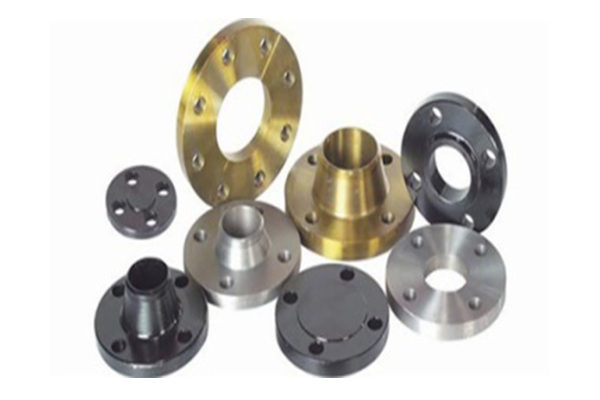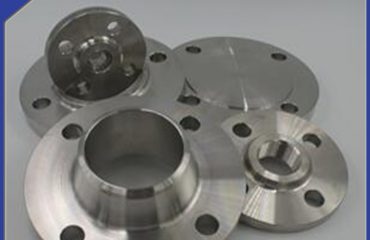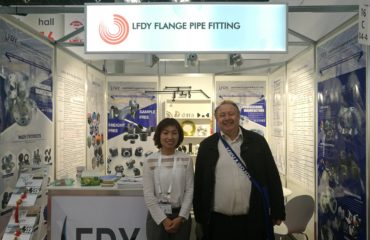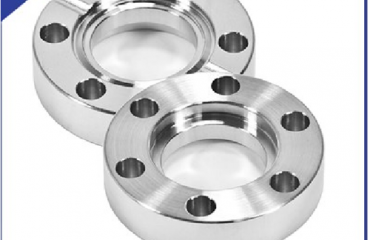
Alloy steel flange connection methods can generally be divided into flat welding, butt welding, socket welding, loose sleeve and thread.
The first four are described in detail below:
1. Flat welding: only weld the outer layer, not the inner layer; It is generally used for medium and low pressure pipelines, and the nominal pressure of pipe fittings shall be less than 2.5MPa. The sealing surface of flat welded alloy steel flange is divided into smooth surface, concave convex surface and tenon groove surface. The smooth surface type is widely used, affordable and cost-effective.
2. Butt welding: the inner and outer layers of alloy steel flanges must be welded, which is generally used for medium and high pressure pipelines. The nominal pressure of the pipeline is between 0.25 and 2.5MPa. The sealing surface of the welded alloy steel flange connection is concave and convex, and the installation is complex, so the labor cost, installation method and auxiliary material cost are relatively high.
3. Socket welding: generally used for pipes with nominal pressure ≤ 10.0MPa and nominal diameter ≤ 40mm.
4. Loose sleeve: it is generally used for pipes with low pressure but strong medium corrosion. Therefore, this kind of alloy steel flange has strong corrosion resistance and is mostly made of stainless steel.
This connection is mainly used for the connection of cast iron pipes, rubber lined pipes, non-ferrous metal pipes and alloy steel flange valves. The connection between process equipment and alloy steel flange also adopts alloy steel flange connection.
The process flow of alloy steel flange connection is as follows: the connection between alloy steel flange and pipeline must meet the following requirements:
1. The pipe center and alloy steel flange shall be on the same horizontal line.
2. The pipe center and the sealing surface of the alloy steel flange are 90 degrees vertical.
3. The position of alloy steel flange bolts on the pipe shall be consistent
 Language
Language Espanol
Espanol English
English Italian
Italian عربى
عربى
 Skype: chinamaker99
Skype: chinamaker99  Tel: 86-316-5120812
Tel: 86-316-5120812 Email:
Email:  Whatsapp:
Whatsapp: 

